Consider the following free radicals.
(I)CH3−CH∘2
(II)Ph−CH∘2
(III)Ph−CH∘−CH3
The decreasing order of stability of the given free radicals is
(II)>(I)>(III)
(I)>(II)>(III)
(III)>(II)>(I)
(II)>(III)>(I)
To determine the decreasing order of stability of the given free radicals (I) CH3−CH∘2, (II) Ph−CH∘2, and (III) Ph−CH∘−CH3, we need to analyze the structure and stability of each free radical.
1. Identify the Type of Free Radicals:
- (I) CH3−CH∘2: This is a primary free radical because the radical is attached to a carbon that is connected to only one other carbon.
- (II) Ph−CH∘2: This is also a primary free radical, but the radical is adjacent to a phenyl group (Ph), which can stabilize the radical through resonance.
- (III) Ph−CH∘−CH3: This is a secondary free radical because the radical is attached to a carbon that is connected to two other carbons (one being the phenyl group).
2. Stability of Free Radicals:
- The stability of free radicals generally increases with the degree of substitution: tertiary > secondary > primary.
- Additionally, resonance stabilization plays a significant role. Free radicals adjacent to aromatic rings (like phenyl) can be stabilized through delocalization of the unpaired electron.
3. Comparing the Stability:
- (I) CH3−CH∘2: This is the least stable due to being a primary free radical with no resonance stabilization.
- (II) Ph−CH∘2: This free radical is stabilized by the resonance of the phenyl group, making it more stable than (I).
- (III) Ph−CH∘−CH3: This is a secondary free radical and is also stabilized by resonance from the phenyl group, making it the most stable among the three.
4. Final Order of Stability:
- The decreasing order of stability is:
- (III) > (II) > (I)
Conclusion:
The decreasing order of stability of the given free radicals is:
(III) > (II) > (I)
- (I) CH3−CH∘2: This is a primary free radical because the radical is attached to a carbon that is connected to only one other carbon.
- (II) Ph−CH∘2: This is also a primary free radical, but the radical is adjacent to a phenyl group (Ph), which can stabilize the radical through resonance.
- (III) Ph−CH∘−CH3: This is a secondary free radical because the radical is attached to a carbon that is connected to two other carbons (one being the phenyl group).
- The stability of free radicals generally increases with the degree of substitution: tertiary > secondary > primary.
- Additionally, resonance stabilization plays a significant role. Free radicals adjacent to aromatic rings (like phenyl) can be stabilized through delocalization of the unpaired electron.
- (I) CH3−CH∘2: This is the least stable due to being a primary free radical with no resonance stabilization.
- (II) Ph−CH∘2: This free radical is stabilized by the resonance of the phenyl group, making it more stable than (I).
- (III) Ph−CH∘−CH3: This is a secondary free radical and is also stabilized by resonance from the phenyl group, making it the most stable among the three.
- The decreasing order of stability is:
- (III) > (II) > (I)
The decreasing order of stability of the given free radicals is:
(III) > (II) > (I)
Topper's Solved these Questions
Similar Questions
Knowledge Check
Consider the following carbanions
(i)CH3−ӨCH2 (ii)CH2=ӨCH (iii)CH≡ӨC
Correct order of stabilityof these carboanions in decreasing order isAi>ii>iiiBii>i>iiiCiii>ii>iDiii>i>iiConsider the following carbanions
(i)CH3−ӨCH2 (ii)CH2=ӨCH (iii)CH≡ӨC
Correct order of stability of these carbanions in decreasing order isA1>2>3B2>1>3C3>2>1D3>1>2Among the following carbocations the order of stability is :
(I) Ph2+CCH2Me
(II) PhCH2CH2+CHPh
(III) Ph2CH+CHMe
(IV) Ph2C(Me)+CH2AIV>II>I>IIIBI>II>III>IVCII>I>IV>IIIDI>IV>III>II
Compare the stability of the following free Radical.
(a) CH3−.CH2 (b)CH2=.CH (c)CH=.CH
View SolutionExplain the following :
(a) Why MeNH⊕CH2 (I) is more stable more than MeCH2⊕CH2 (II) when both are 1∘ carbocations ?
(b) Which of the following intermediate is unstable ?
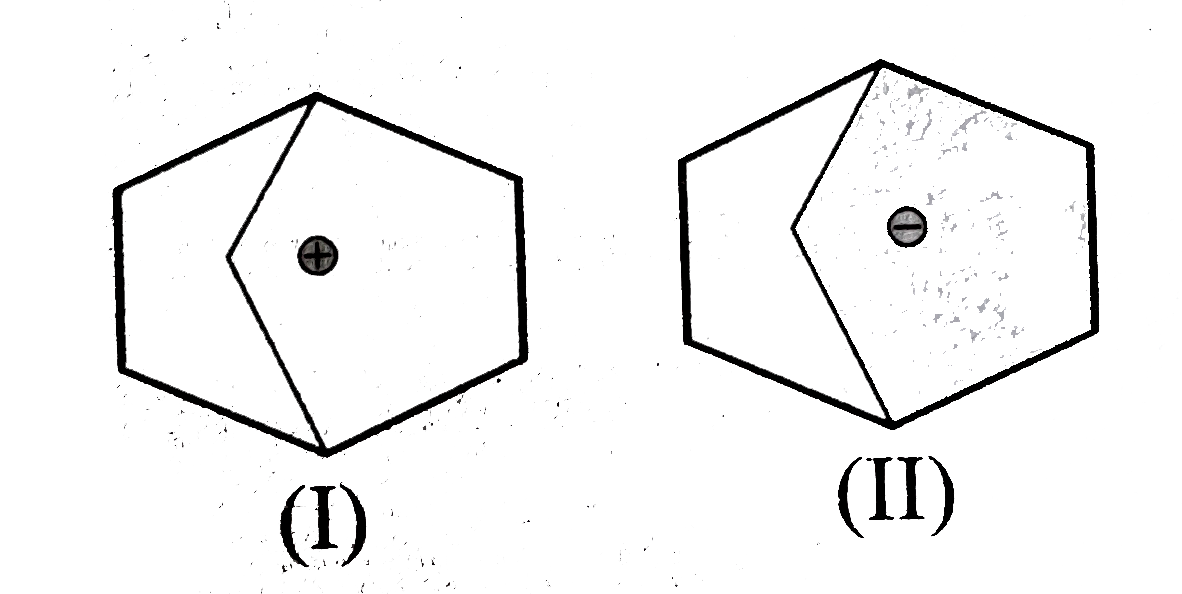
( c) Why allylic free radical (CH2−CH=CH2)(I) is more stable than propy1 free radical (.CH2−CH2−CH3)(II), when both are 1∘ free radicals ?
(d) Arrange the following in the decreasing order of their stabilities :
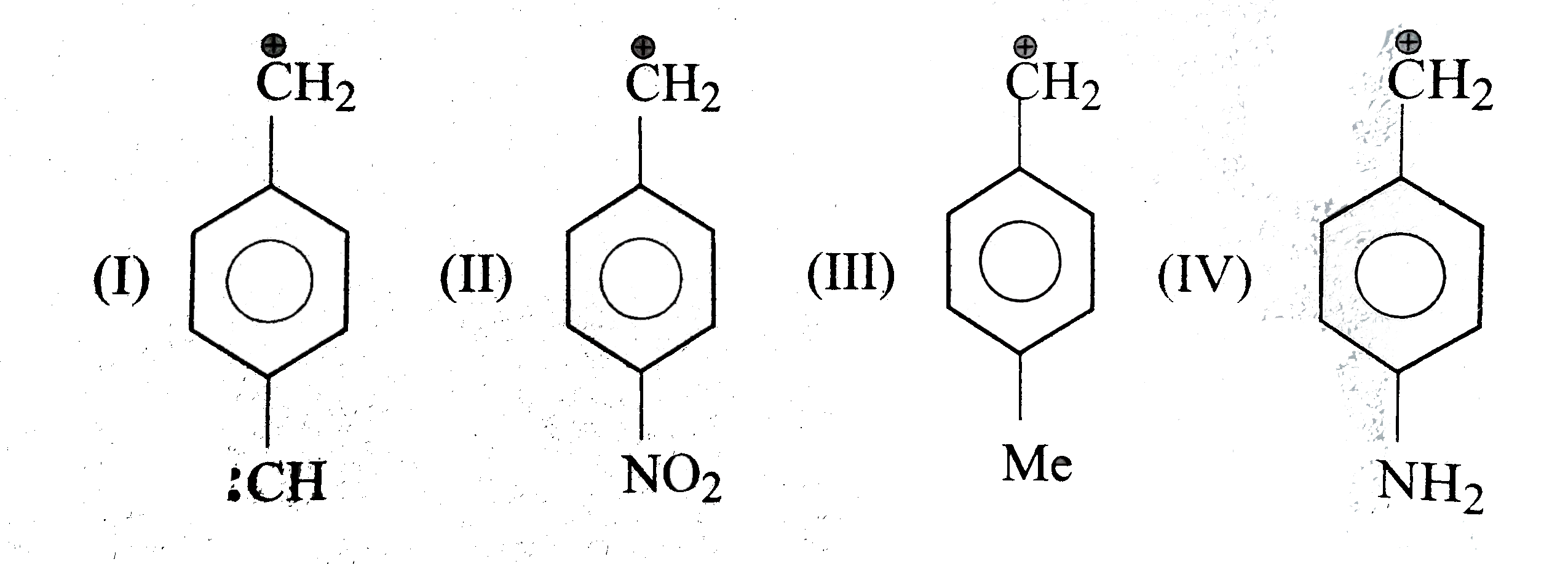
( e) Which of the following resonance structures of p−nitro phenoxide is not feasible ?
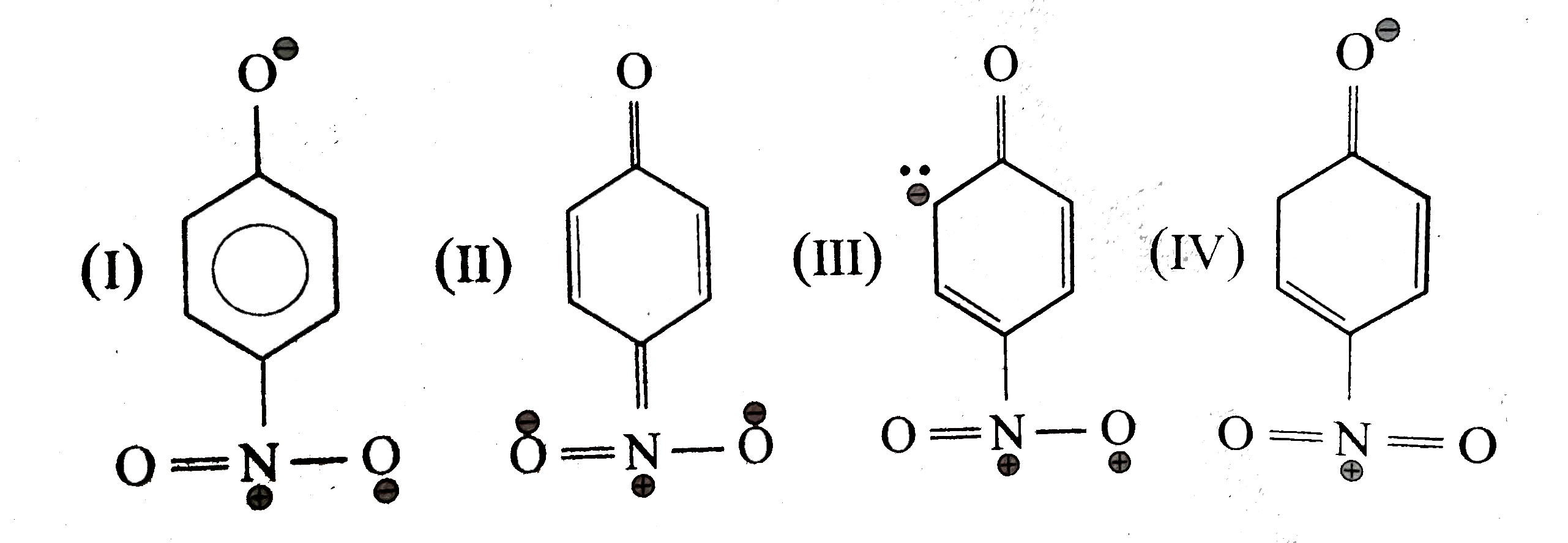 .
.
(f) Which of the more stable carbocation ?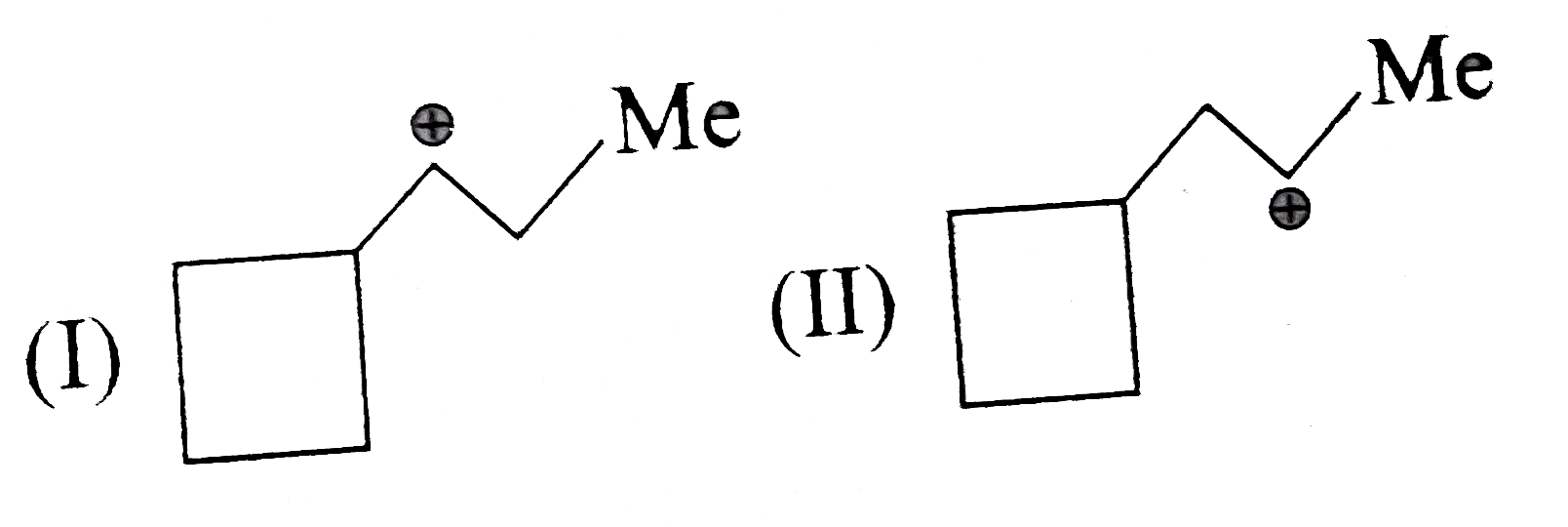 .
.
View SolutionGive the decreasing order of the stabilities of the following free radicals :
(a) Ph.CHPh
(b) Ph.CHCH=CH2
( c) Me.CHMe
(d) Ph.CHMe
( e) MeCH=CHCH2.CH2
(f) Et−.C−Me2.
View SolutionWhich of the following should be most volatile?
I) CH3CH2CH2NH2II)(CH3)3NIII)
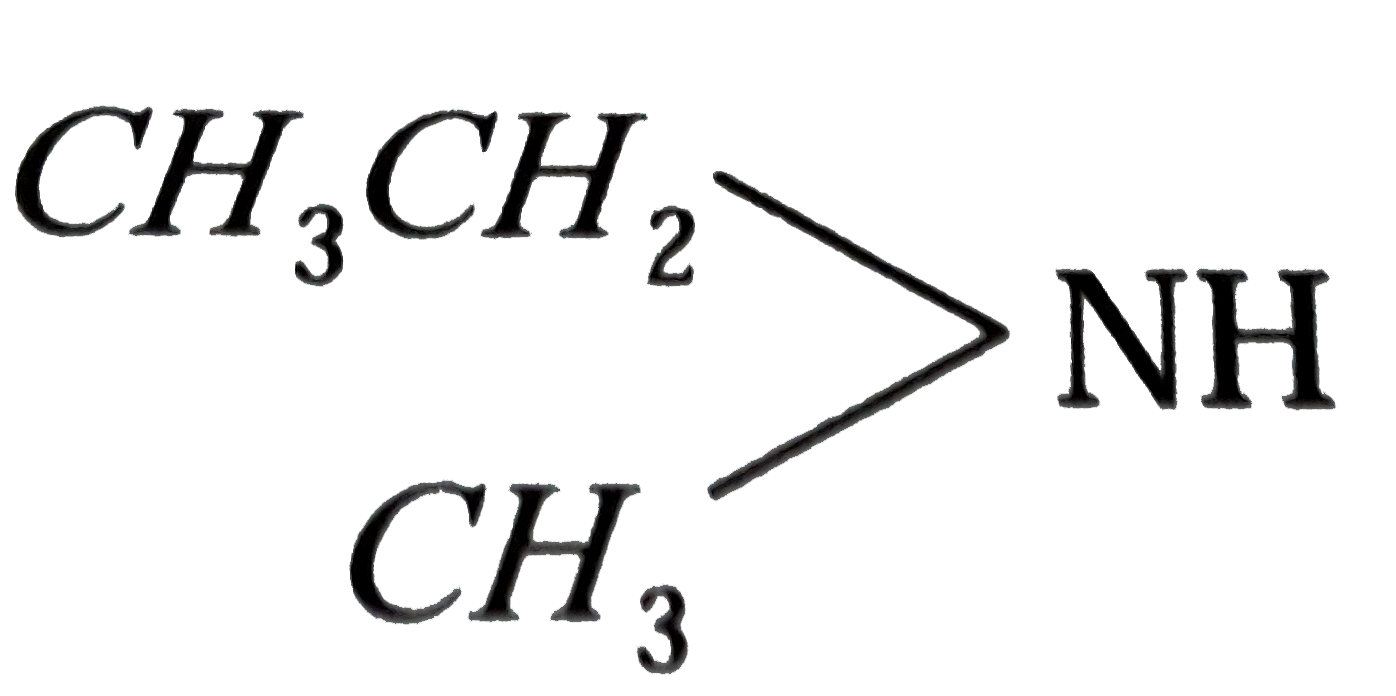
IV) CH3CH2CH3
View SolutionArrange in order of decreasing basicity
(I)CH3CH2MgBr
(II)HC=CMgBr (III)CH3CH3OMgBr
View Solution
